Published:2024-09-05 15:28:51Source:JuxiaAuthor:Juxia
Baldur's Gate 3 set a new standard for role-playing games by focusing heavily on its characters, making the party of companions central to the experience. As whispers of a potential Baldur's Gate 4 circulate, ensuring the next game's cast is equally distinctive will be crucial in maintaining the momentum of its predecessor. The characters of Baldur's Gate 3 stood out due to their unique attributes, but the challenge for the sequel lies in blending these quirks with the rich lore of the Forgotten Realms, a balance that will require careful attention.
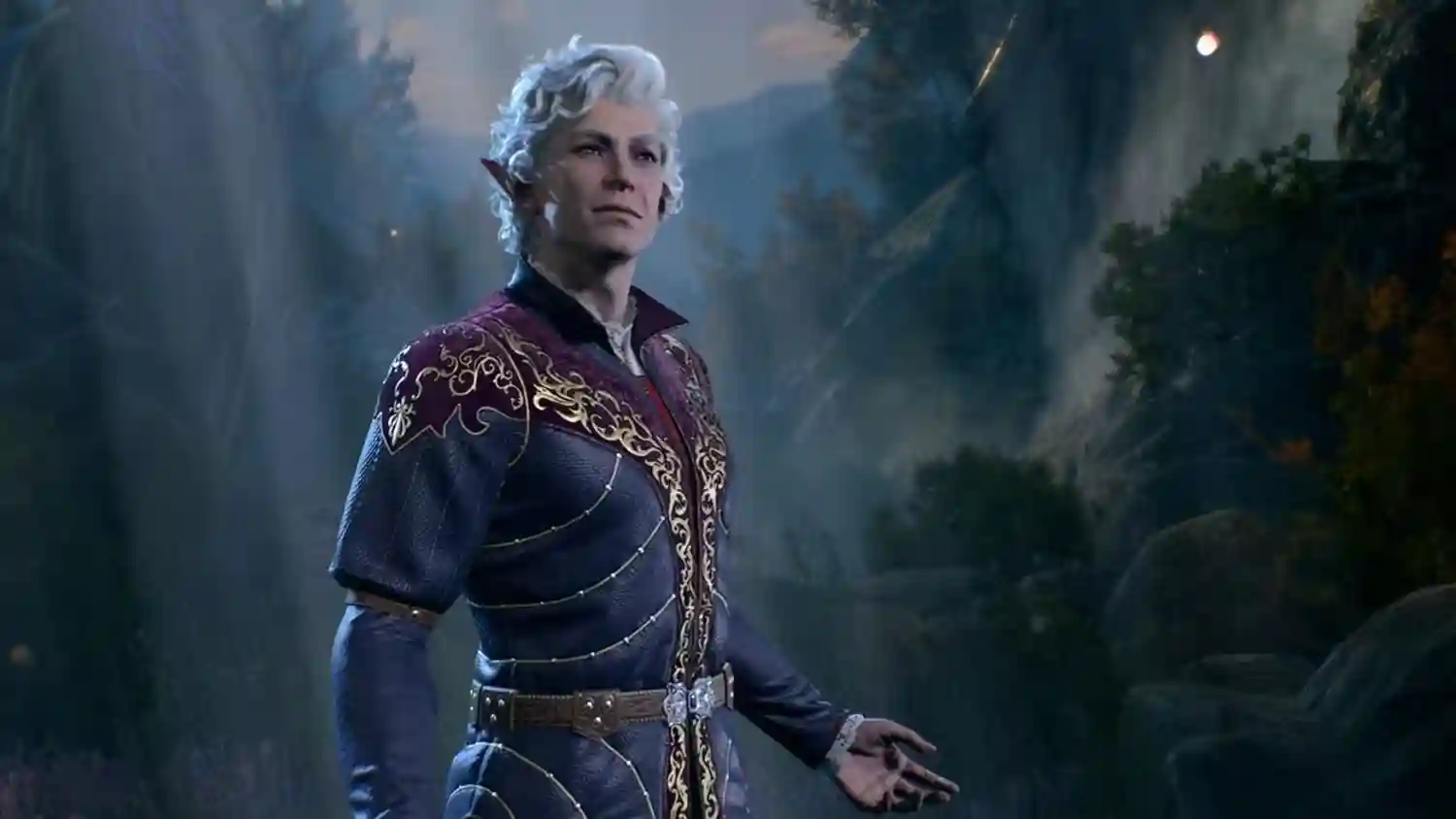
While Baldur's Gate 3 offers a respectable range of Dungeons & Dragons races, it tends to focus more on specific archetypes rather than showcasing the full diversity of the D&D universe. Although the game lacks certain familiar faces like Dwarves and Dragonborn, characters like Astarion—a High Elf vampire—or Gale, a human wizard imbued with Netherese magic, put fresh spins on classic fantasy formulas. These creative choices have set a new bar, presenting Baldur's Gate 4 with a fork in the road: Should it return to more conventional character archetypes, or continue to push the boundaries of fantasy storytelling?
The brilliance of Baldur's Gate 3 lies in its ability to merge familiar fantasy tropes with complex, often tragic backstories, forging deep connections between players and their companions. While previous titles in the series dabbled in party archetypes, Baldur's Gate 3 took these concepts to cinematic heights. A character like Astarion doesn't just exist in the player’s camp; his story arc explores his vampiric heritage, adding layers of emotional depth.
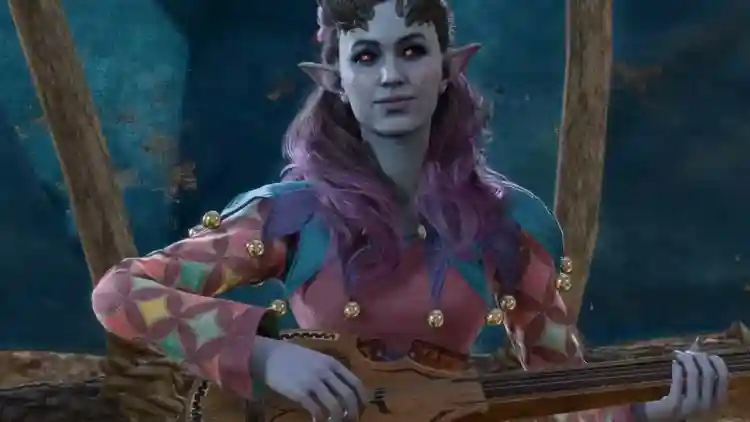
Interestingly, cut content from the game hints that the party was initially intended to be even more varied. For instance, Helia, a Bard companion who was removed from the final version, would have been an elderly Halfling werewolf, introducing some much-needed height diversity. However, with a vampire and a Githyanki already in the mix, it seems Larian Studios decided to scale back on the eccentricity for a more balanced ensemble.
The bold character archetypes in Baldur's Gate 3, particularly figures like Astarion, pave the way for continued experimentation in the next installment. However, the sequel shouldn't merely replicate BG3’s style without ensuring that each new character serves a meaningful role in the world. The introduction of hybrid or unconventional companions in Baldur's Gate 4 must be handled carefully—these characters should not be added simply to match the popularity of BG3 figures like Astarion or Lae'zel. Instead, they need to contribute to the narrative in a way that enhances the emotional depth and cohesion of the entire party.
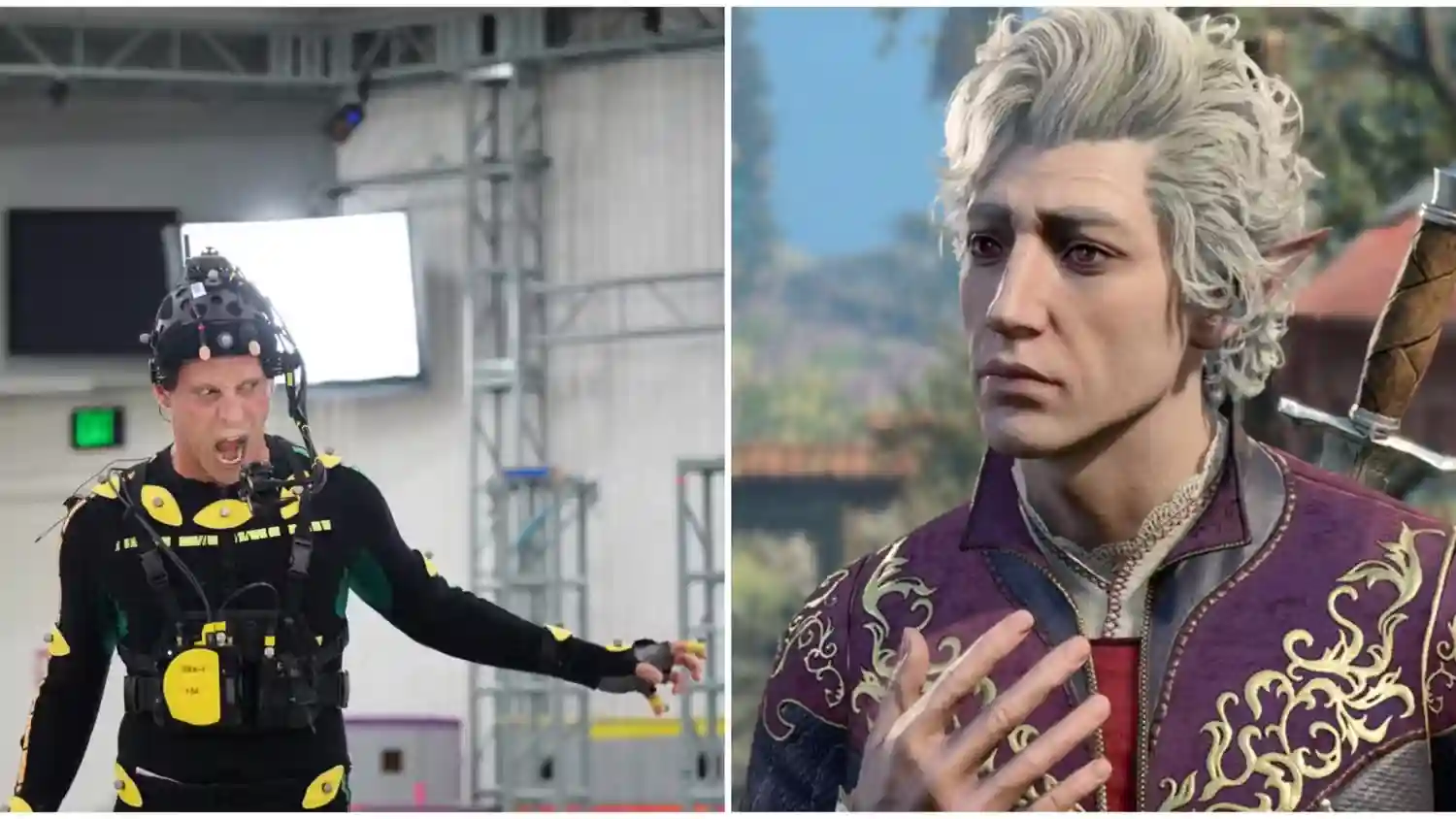
While it’s exciting to think about all the different D&D combinations that Baldur's Gate 4 could explore in cinematic detail, the game should also honor its roots by giving underrepresented races and characters their time in the spotlight. Gnomes and half-orcs, for example, deserve to be fleshed out as companions before the game delves into more obscure aspects of the lore. To truly honor the legacy of Baldur's Gate, the next installment should aim to strike a balance between building a unique identity and exploring the remaining areas of the core D&D mythos that have yet to be fully explored.
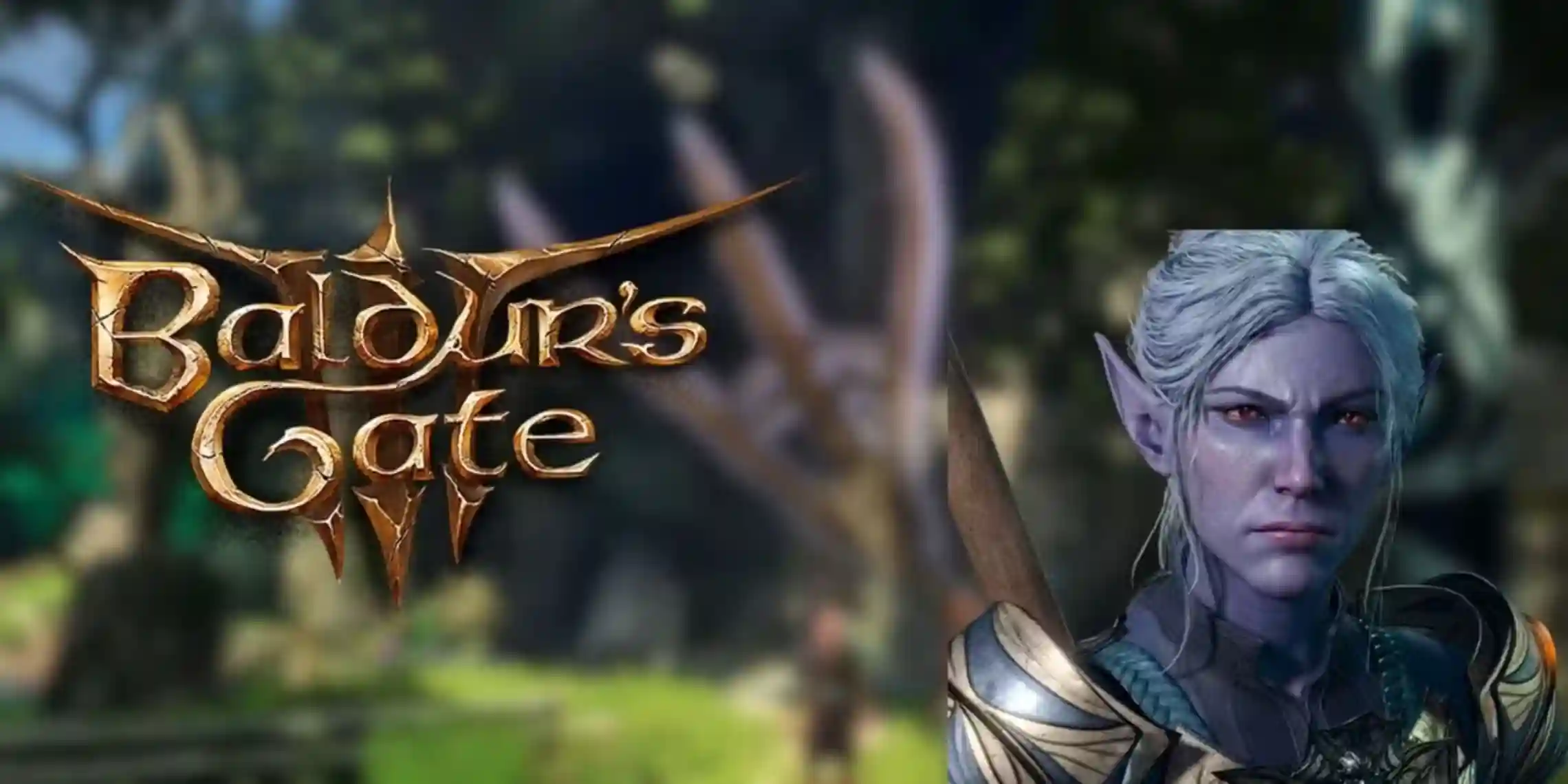
Baldur's Gate 3: How to Recruit Minthara Without Betraying the Grove

Baldur's Gate 3: A Missed Opportunity for a Captivating Romance Option
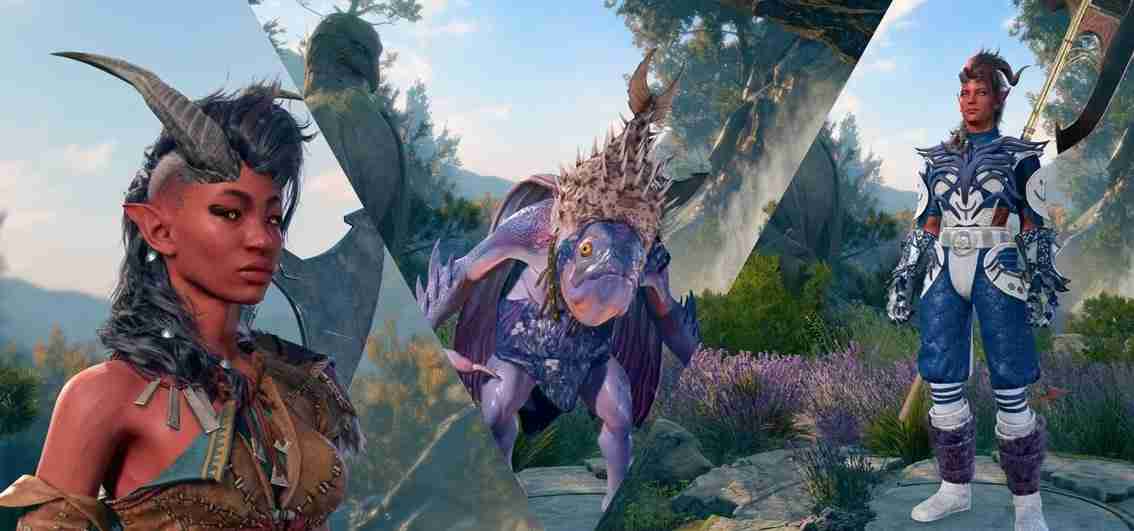
Baldur's Gate 3: Top 10 Mods Now Available on Consoles
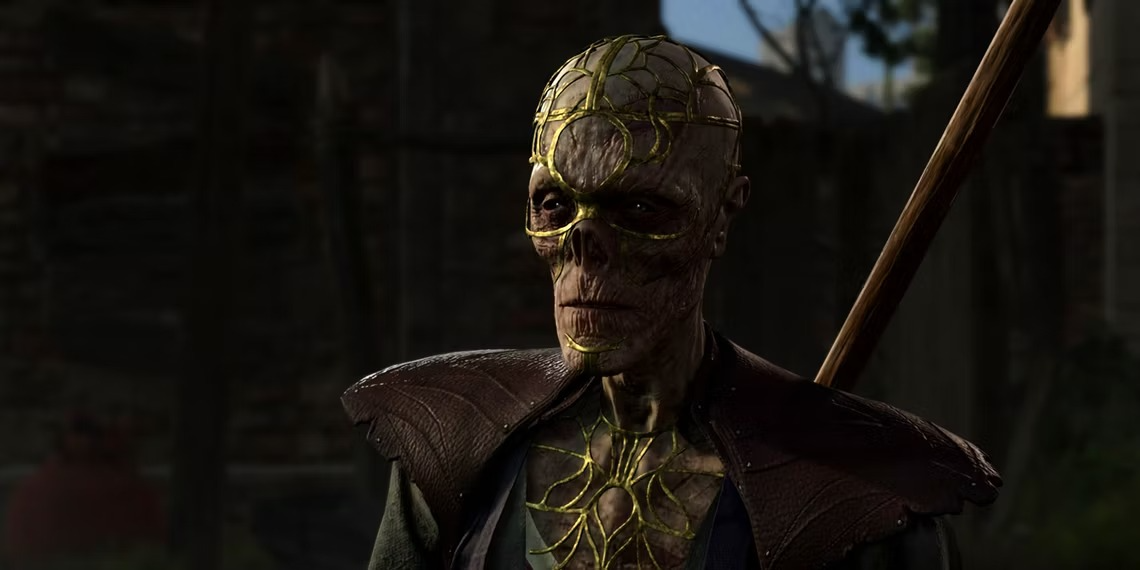
Baldur's Gate 3: 10 Secrets That Will Inspire a New Playthrough
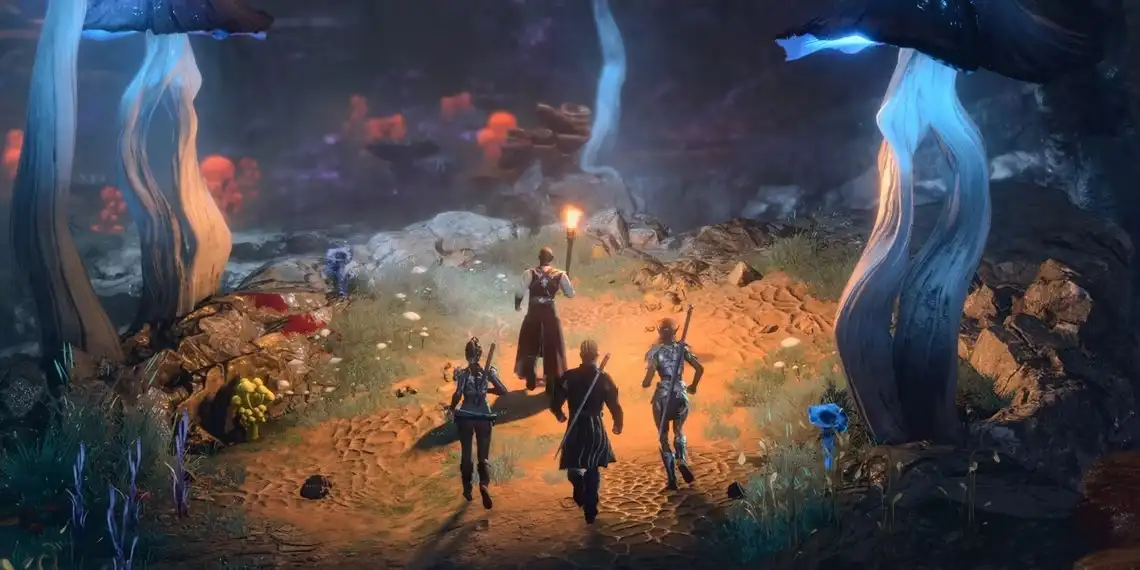
Baldur's Gate 3 Fans Celebrate What’s NOT Included in the Game
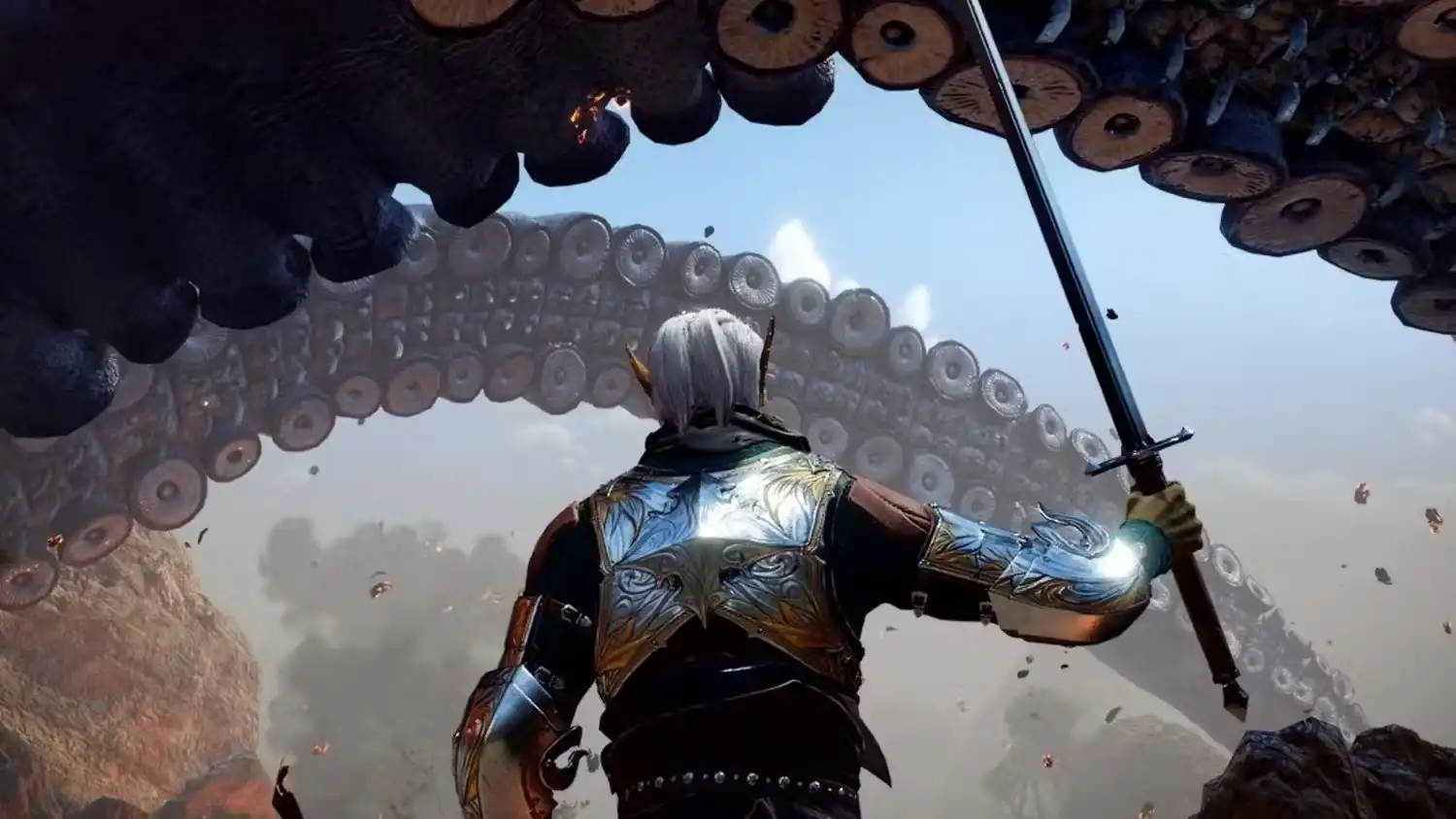
Baldur's Gate 3 Developer Hints at Timeline for Next Game Release
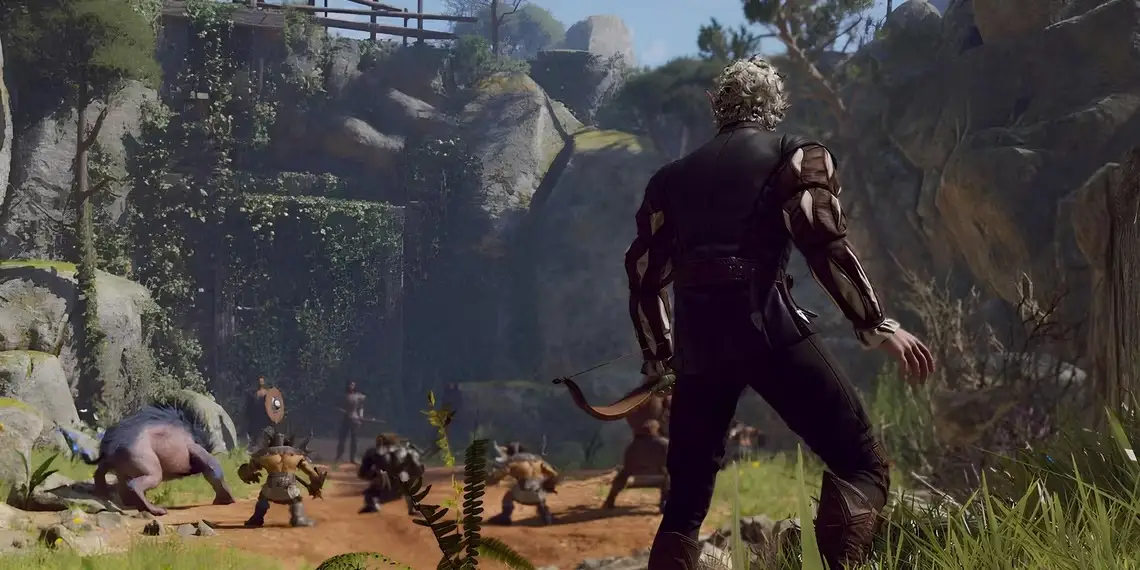
Baldur's Gate 3 Mod Introduces Real-Time Combat
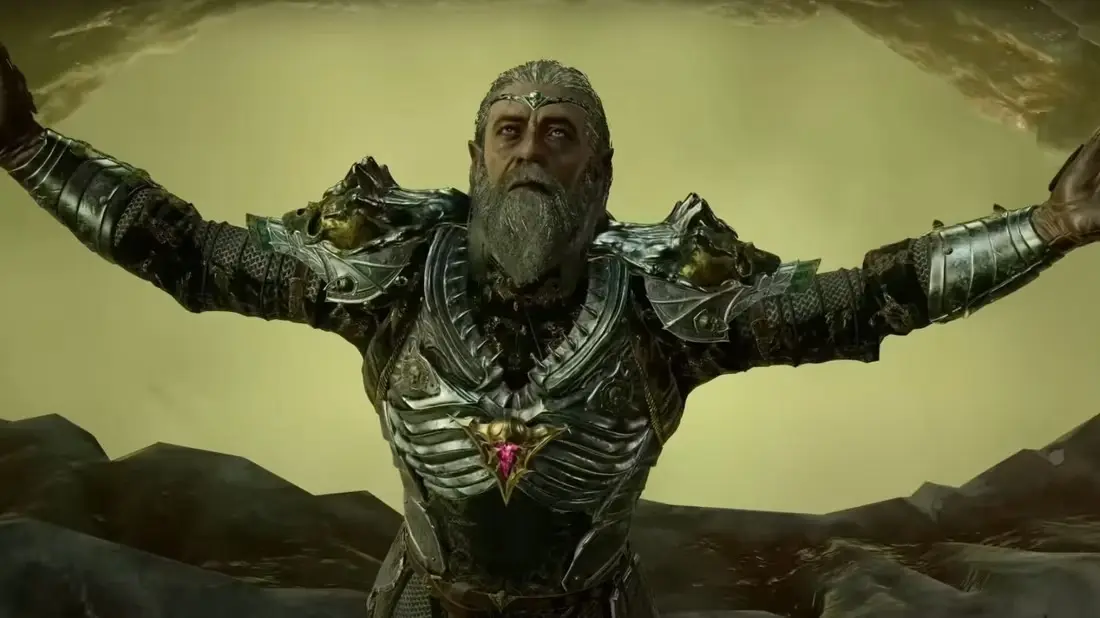
Baldur's Gate 3: Player's Honour Mode Challenge Thwarted by Dual Ketheric Thorms
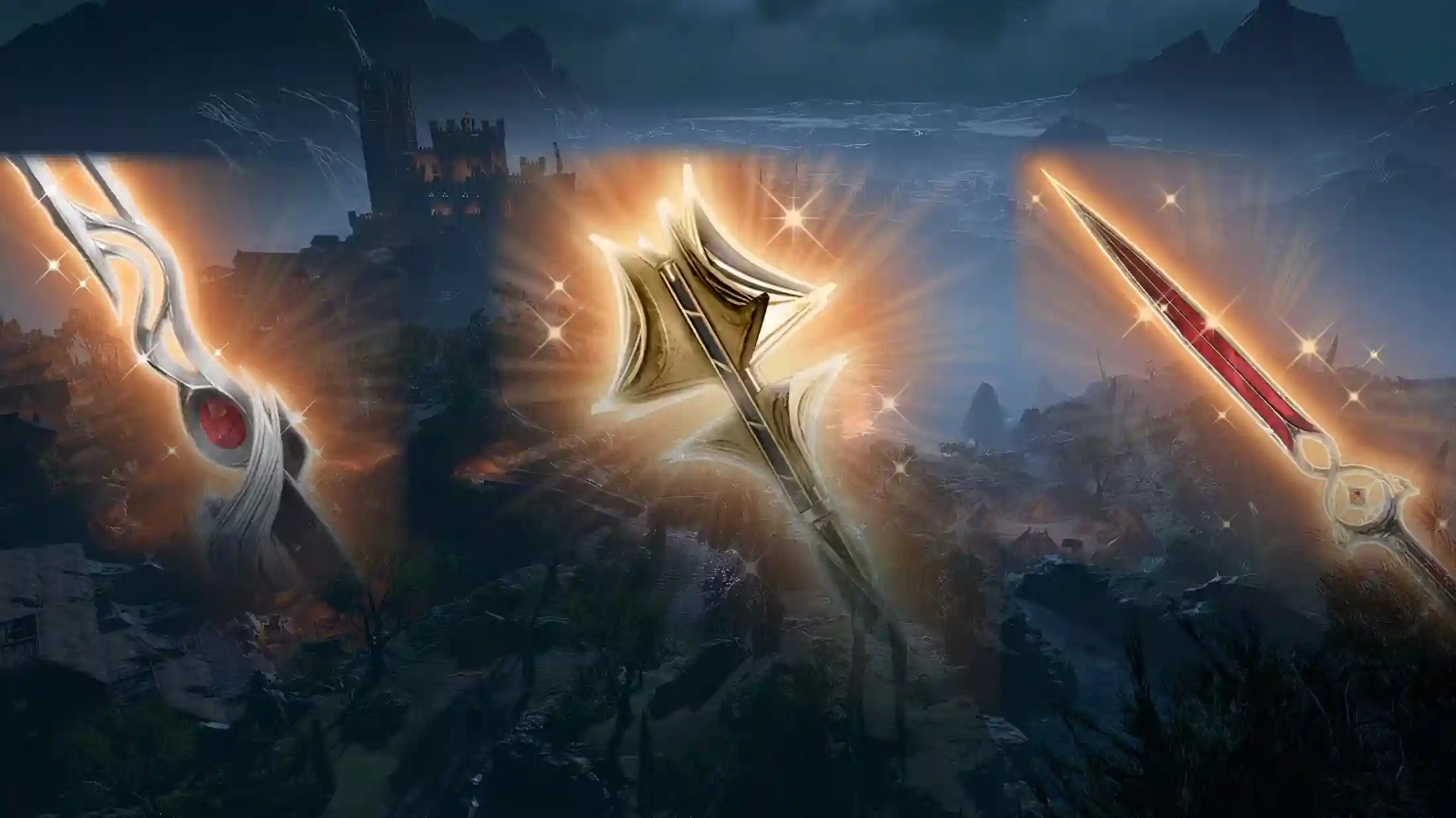
Baldur's Gate 3: Top 7 One-Handed Weapons
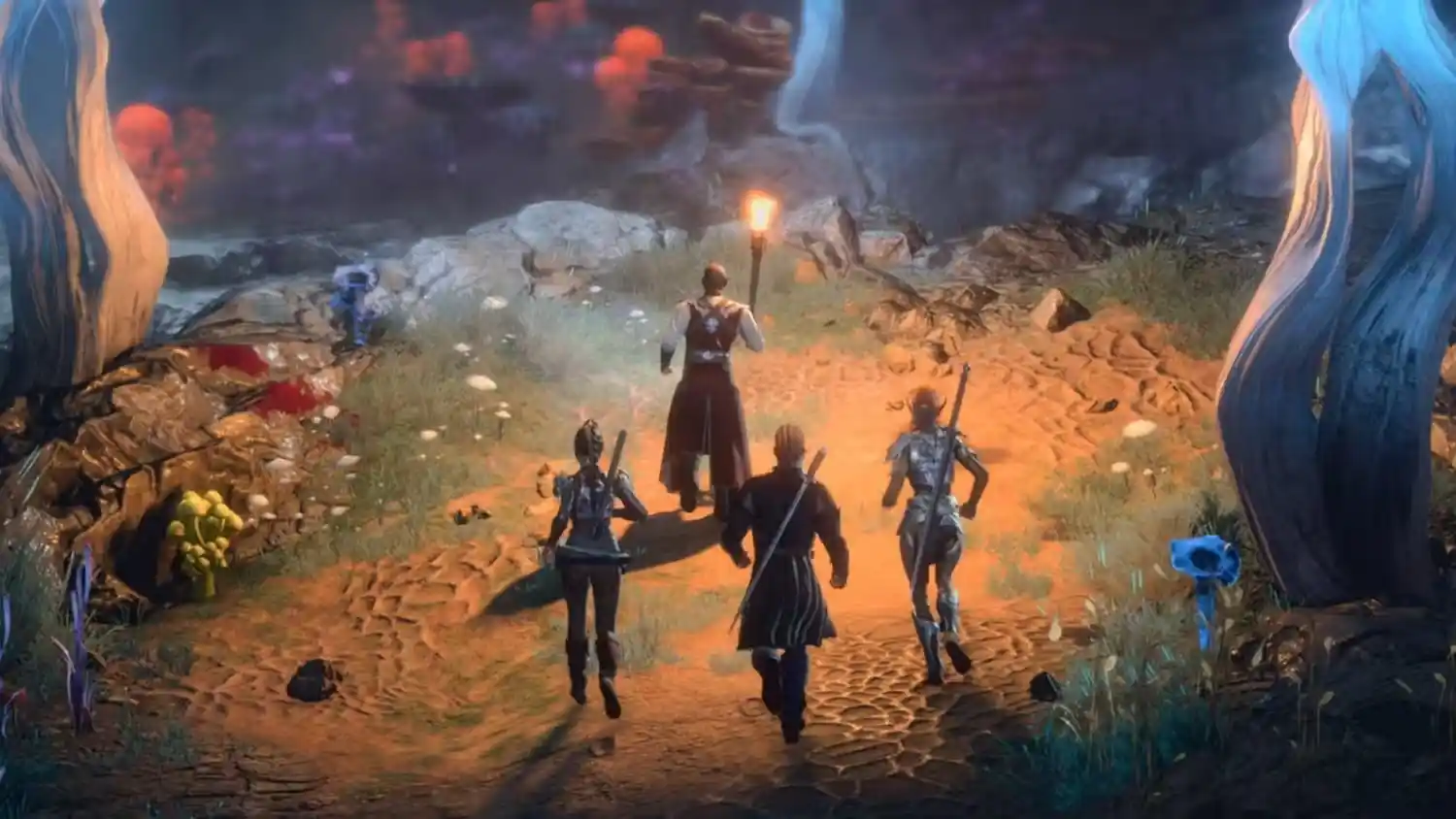
Baldur's Gate 3 Fans Enthusiastic About New Romance Dialogue in Patch 7
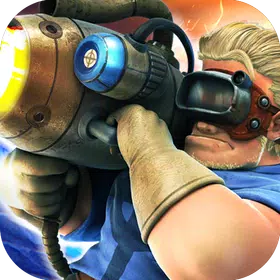
拇指枪战
| Action

GIFT HOUSE : room escape
| Puzzle

DareDynasty: Truth & Dare Game
| Shooting

Scale
| Puzzle

Orbitopia - Space Survival
| Shooting

Goosebumps Night of Scares
| Action

Sniper Shooting - Sniper Games
| Action

Kan88 Shan Koe Mee
| Card
Juxia Game Review - Koei Tecmo’s Atelier Ryza ASMR Hits DLsite!
Juxia Anime Review - You Can't Be in a Rom-Com with Your Childhood Friends! Anime Adaptation
Juxia Anime Review - Why You Should Revisit Chained Soldier Explosive First Season
Transform Text and Photos into incredibly creative emojis with 'AI Emoji'
Sword of Justice Global Launches Soon - Everything You Must Know!
Sword of Justice Class Guide (7) - All School Classes Explained & Reviewed!
Sword of Justice Class Guide (6) - Sylph: Healing, Revival, and Grace in Battle!
Sword of Justice Class Guide (5) - Ironclad: Why This Rare Tank Class Is Worth Playing!
Sword of Justice Class Guide (4) - Numina: Master the Art of Poison and Tactical Combat!
LIVE A HERO
Retro Hero Mr Kim
Empire of Passion
Arcane Quest Legends
Magic Snap: Momotaro
AllStar Manga Heroes
Lunescape
ONE PIECE Thousand Storm JP
Tap Titans 2